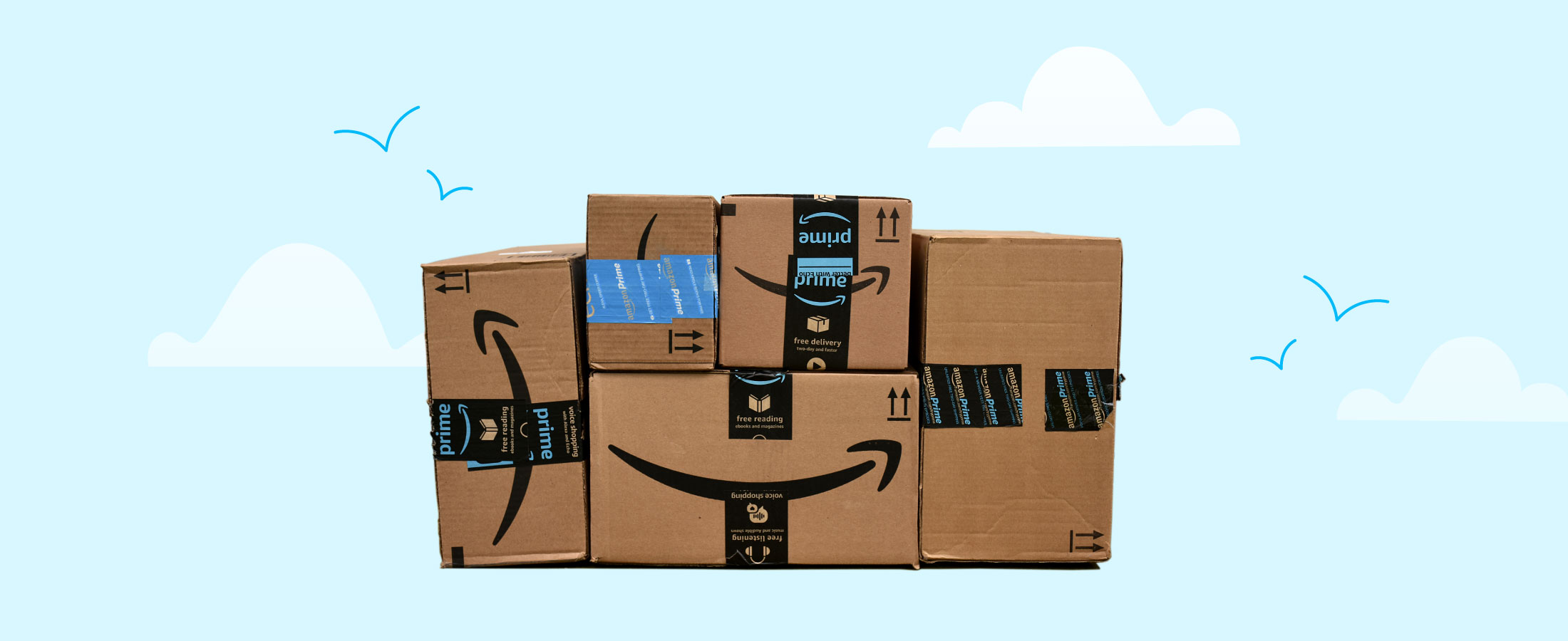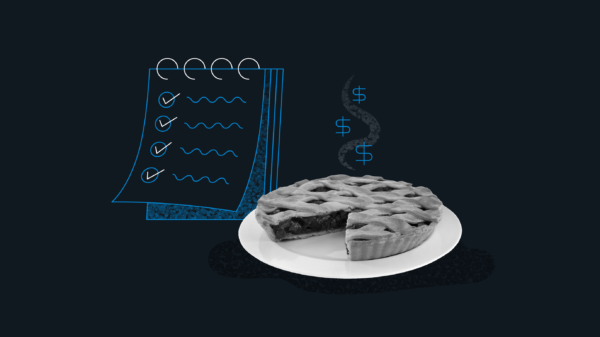Oct 6, 2020
6 Ways to Prepare for Prime Day
Set a budget, prepare a list, and shop around.

That’s what many consumers are ready to do on Prime Day*, the national shopping extravaganza invented by Amazon, where online shoppers storm the e-commerce platform looking for great deals and deep discounts on items running from Instant pots to laptop computers, beauty products, telephones, gaming consoles, connected home devices, and more.
Although Prime Day typically takes place in July, this year it launches on Tuesday, October 13, delayed because of the pandemic. Nevertheless, corresponding with the long Columbus Day weekend, it may mark an early kickoff to the holiday shopping season, which has traditionally begun in November.
Amazon single-handedly invented the new national shopping day, in which numerous retailers around the country, including Target and Walmart, are expected to pile on with online sales of their own. And this year Prime Day is taking place as retailers struggle to stay afloat in the face of pandemic-related shut downs, and an economic downturn that has led to record layoffs and bankruptcies in the industry.
Amazon launched Prime Day as a two day, mid-summer event in 2015 to promote online sales for existing Prime customers, and to entice new customers to join the Prime membership program. Amazon currently has about 150 million customers who pay the retailer $119 a year for the Prime program, or $13 a month.
Since then, Prime Day has joined other big sales days such as Black Friday and Cyber Monday. In 2019, Amazon reportedly sold 175 million products in 48 hours–nearly twice as many products as in 2019–and raked in an estimated $5 billion.
Now more than ever it’s important to take a careful look at your finances. And although it might be tempting to whip out the credit card to take part in Prime Day, a little advance planning might be worth it.
Here’s how you can navigate Amazon’s Prime Day:
- Set a budget. Know how much money you can afford to spend before you start shopping. Think about using money from the “wants” part of your budget. (Check out what that is by reading up on the 50-30-20 budget). Try to avoid using credit cards for your spending, unless you know you can pay off the balance each month. No matter how good the sales are, you want to avoid increasing your debt. Consider using a debit card, as debit charges are deducted directly from your checking account. Also, don’t use money that you’ve saved in your emergency fund—that money is strictly for emergencies.
- Consider setting up a partition13 in your Stash banking account specifically for Prime Day. Don’t spend more than you’ve allotted.
- Build your list before you shop. It’s pretty simple. Write down everything you want to buy before you start shopping. You can tally the expected cost of each item, and check it against your budget. Having a list before you start will help you apply the brakes before you overspend, and help you control impulse spending.
- Don’t buy something simply because it’s on sale. Determine if you really need it. And because shipping delays are likely this year due to the flood of pandemic-related online ordering, consider waiting until Black Friday, when you might be able to score an even better deal.
- Do a quick search for big-ticket items. If you’re looking to buy something that costs a lot of money, confirm you’re getting the best deal by checking around online. Remember, hundreds of other retailers tend to jump on the bandwagon on Prime Day to offer sales of their own.
- Consider using your Stash debit card.2 If you are going to shop on Prime Day, consider using the Stash debit card so you can earn Stock-Back.3 When you spend at Amazon with the Stash debit card, you can automatically earn Amazon stock (AMZN) for your Stash portfolio. (The same goes for any other company with individual stock available on Stash). If you choose to shop at a local business this Prime Day and use a Stash debit card, you can earn Stock-Back in the Stocks Worldwide ETF, or whatever investment you have designated as your default investment.
Some Amazon background
Jeff Bezos founded Amazon in his garage in 1994, as an online bookseller. It went public in 1997 with a valuation of $500 million.
Amazon has made Bezos a very rich man. His fortune is currently worth about $200 billion, making him the richest person in the world.
Welcome to your new financial home.
Start today with any dollar amount.
*Amazon Prime Day® is not sponsored or endorsed by Stash. We do not have any affiliation with Amazon®.
Amazon® and Prime Day® are registered trademarks of Amazon Technologies, Inc.
Related Articles

The 2024 Financial Checklist: A Guide to a Confident New Year

9 Ways to Celebrate Financial Wellness Month

Budgeting for Young Adults: 19 Money Saving Tips for 2024

The Best Personal Finance Books on Money Skills, Investing, and Creating Your Best Life for 2024

What Is a Financial Plan? A Beginner’s Guide to Financial Planning

How to Save Money: 45 Best Ways to Grow Your Savings





